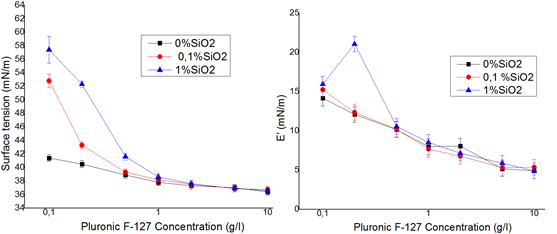One parameter frequently considered to be relevant for superspreading of trisiloxane surfactants is surface tension kinetics. In the scientific literature, some experimental results reported for trisiloxane surfactants are in contradiction with fundamental concepts of surfactant monomer diffusion. Therefore, maximum bubble pressure tensiometry has been used to determine dynamic surface tension (DST) of two types of trisiloxane surfactants: superspreader and non-superspreader. Results show that both surfactants behave similarly at concentrations below critical micelle concentration (CMC), as expected. The CMC curves, as determined by drop shape analysis, confirmed that the more hydrophilic non-superspreader has a higher CMC as compared to the more hydrophobic superspreader. Accordingly, the lower surfactant monomer concentration of the superspreader results in a higher DST than the non-superspreader at the same surface age. So, in contrary to claims in the literature, there is nothing mysterious or unexpected concerning the surface tension behavior of trisiloxane surfactants.
More information about the subject is available on: https://doi.org/10.1007/s00396-023-05106-0


